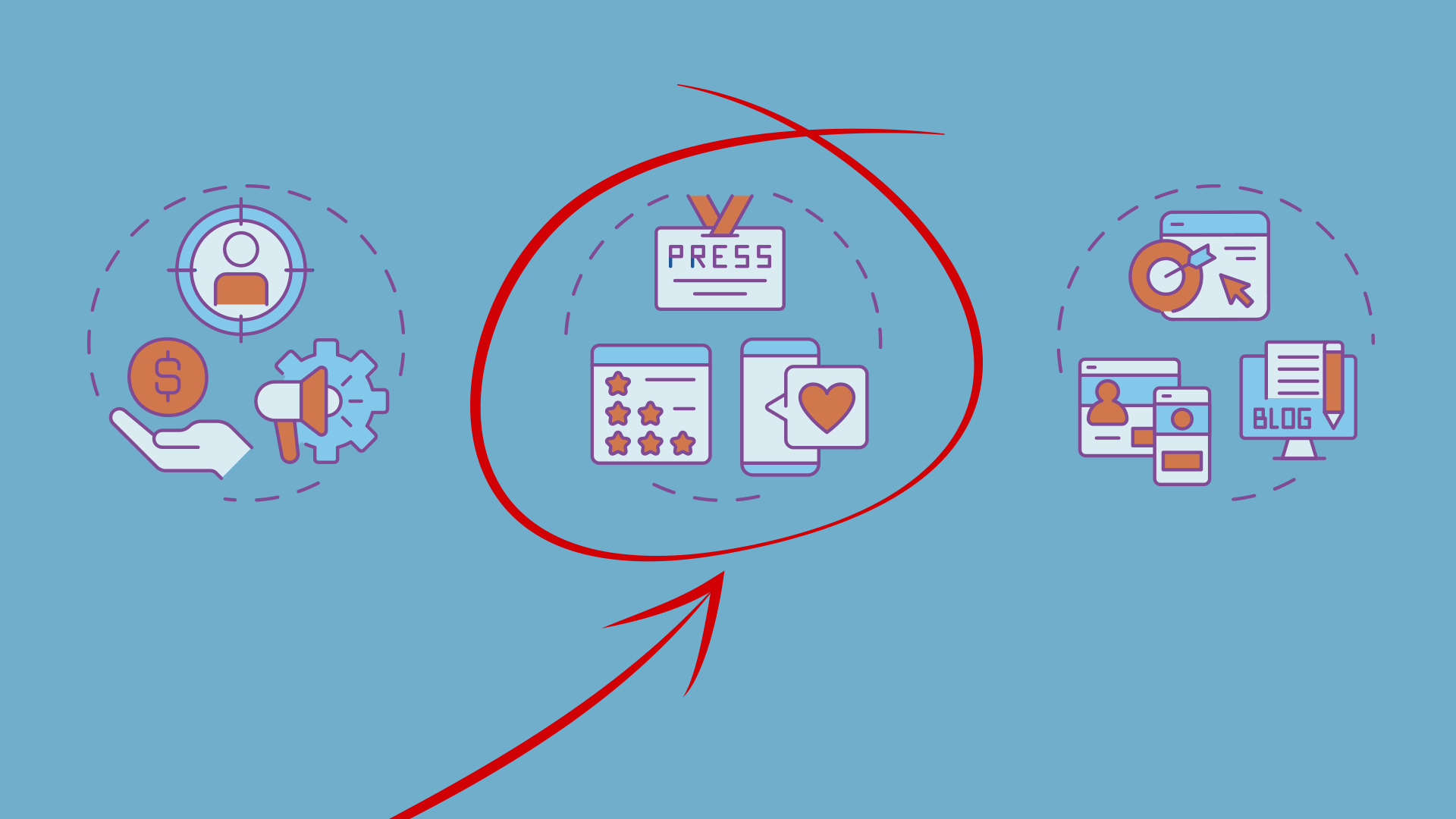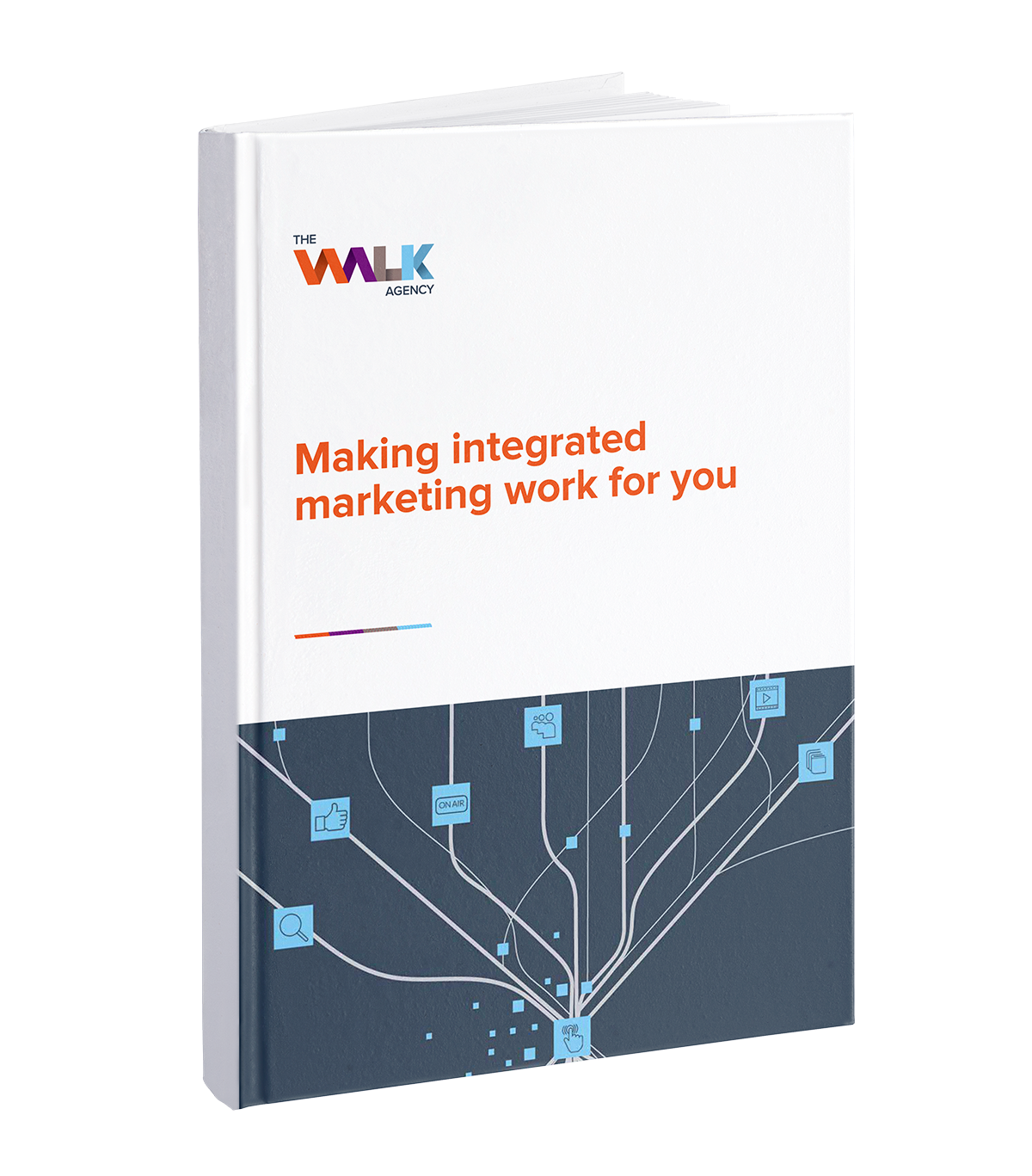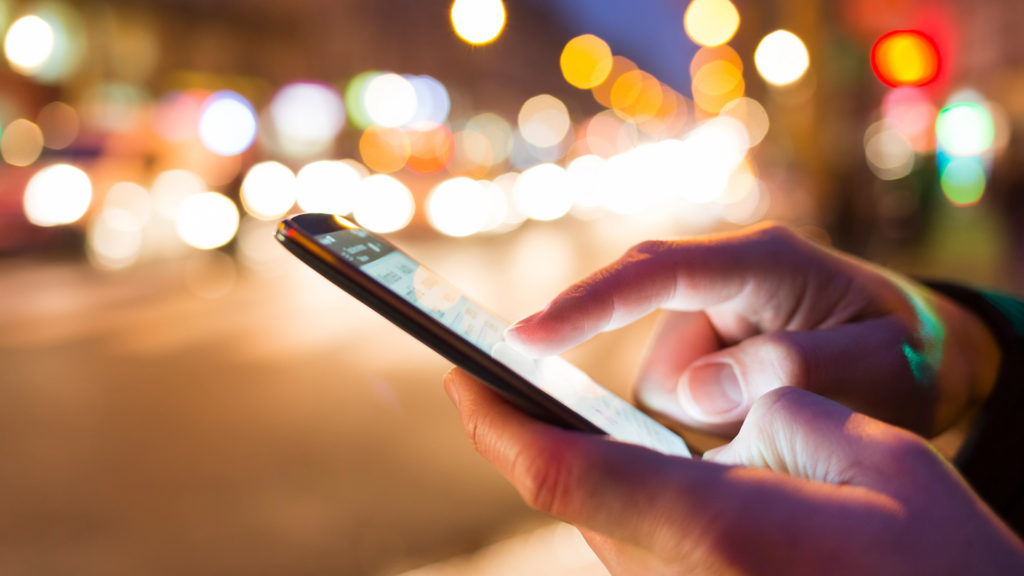96% of consumers don’t trust ads1. Tired of brands making misleading claims and using manipulative trick tactics, most people side-eye companies’ attempts to sell them something. Whether it’s TikTok or print ads — consumer trust is low.
While consumers rarely trust advertising, they do trust their friends and family. According to a study by HubSpot, 81% of consumers say they trust recommendations2 from friends and family over those from businesses. They also have faith in other consumers — with 84% of people saying they trust online reviews3 as much as personal recommendations.
Unlike marketers and advertisers, recommendations from friends, family, and a brand’s customers are seen as trustworthy and reliable. In essence, they’re credible. In the words of Harvard Health4:
“At the heart of credibility is believability. It is essentially asking, “Can this person be believed?” Credibility not only means believing that what someone says is true, but trusting them as well.”
Earned media refers to any content about your business that’s been created by someone outside of it. News pieces, consumer reviews, or influencer shopping hauls are all examples that count as earned media.
More than just digital, earned media in the form of in-person brand advocates, who genuinely love your product or services, is one of the best ways to build your brand reputation.
In this article, we’ll explore earned media in more detail — we’ll cover the unique benefits of earned media for brands, the role of social proof, best practices, challenges, and more. Let’s take a look.
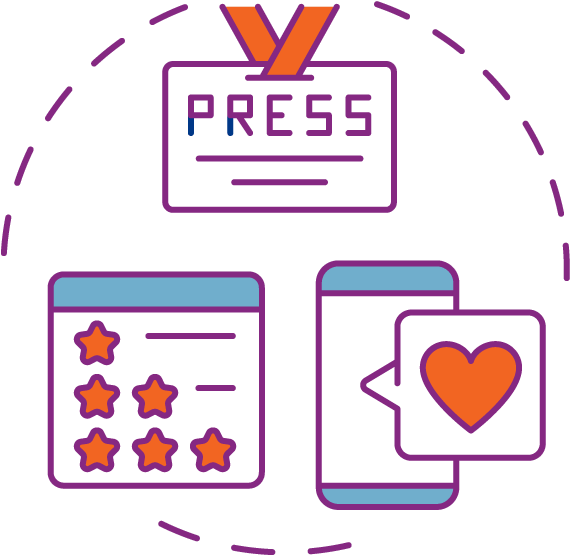
Understanding earned media
As we’ve introduced already, earned media is any unpaid endorsement of your brand, products or services by other people. Earned media typically covers news coverage, third-party publishers, in-person brand endorsements, video content, and social media mentions. Unlike the content you create yourself, earned media is content you have little creative control over — which makes it feel more authentic and trustworthy to consumers.

In contrast to earned media, owned media is any media created by you. Think TV, radio, podcasts, events, social media, eBooks, and other digital content like articles. You have full control over this content, how it’s developed and distributed.
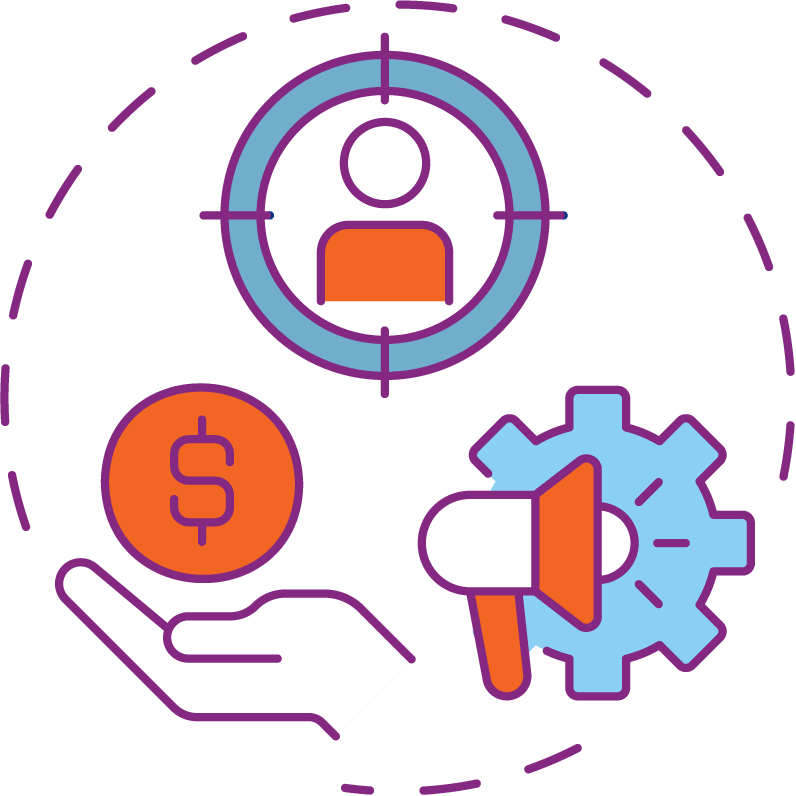
The third category is paid advertising, which includes TV, radio, print campaigns, out-of-home (OOH), cinema, events, direct mail, sponsorship, PPC ads, and paid partnerships. Similar to owned channels, you have full control over how your brand is presented.
More and more brands are coming to see earned media as an essential part of their marketing strategy — with media attainment jumping from 34.6% to 70% last year5. The move towards making earned media a larger part of their marketing mix could have something to do with consumers’ confidence in media created by consumers and creators rather than brands — with 92% of consumers now referring to earned media6 as the most credible form of media.
While owned and paid media are essential for growing your brand — they can’t give your brand credibility and build consumer trust in the way that earned media can. Journalists, influencers, online creators, and customers can help consumers verify whether a brand or product is valuable, reliable, or cool.
Not only is earned media good for your reputation, it’s also good for your revenue. A report from Cision found that earned media has a 5x higher ROI7 than paid media — highlighting its value in a brand’s overall media strategy.
The rise of earned media in the digital era
In the digital age, earned media has more influence and potential than it did even just fifty years ago. What’s fuelled this change?
- Lack of trust in advertising — since 1992, there’s been a huge drop in consumers’ trust in traditional advertising8 with trust halving from 50% to 25%.
- The rise of online review websites. The average local business has 39 Google reviews. While 54.7%9 of consumers read four or more reviews before going ahead with a purchase.
- The trend of consumers trading newspapers for blogs and digital news outlets. With over 18,000 online news sources10 accessible from anywhere in the world, more and more people are getting their information online from multiple sources. This has enabled brands to get more media placements with both local and international recognition. While 30% of consumers11 say a positive blog post or news article would influence their buying behaviours.
- Social media usage. As of 2024, over 5.45 billion people around the world12 use social media. That means more brand mentions, more influencer recommendations, and more people looking up businesses on sites like LinkedIn and Facebook. In particular, the rise of social media has led to the rise of digital creators with the power to promote new product trends and improve the reach of brands.
- Inherent virality. Earned media can amplify a brand’s message far beyond its direct reach. Whether it’s several digital publications covering a new startup or the brand that blows up thanks to a widely-shared TikTok video, earned media has the potential to go viral. While traditional word-of-mouth marketing only grows a brand’s reputation within the local community, a hilarious customer review or an influencer recommendation can go viral in a matter of hours, reaching millions of potential customers.
Let’s take a look at some of the benefits of earned media in more detail.
Building brand credibility
If a consumer sees you in Forbes, hears you on their favourite podcast then sees you listed in a brand round-up on an industry blog — they’ll take notice. They’ll see you as a brand to watch.
Visibility implies credibility. Journalists, influencers, and bloggers’ reputations and careers depend on making reliable recommendations and sharing content that’s of value to their audience. In the eyes of the consumer, you’ve earned the interest, trust, and validation of people they trust and admire — enhancing your credibility.
Earned media is also essential when it comes to validating your brand’s messages and claims. For every line of copy you write; your audience thinks, “Prove it.” Earned media is how you do that.

4.4 stars for reviews for Solar Market on TrustPilot. Source: TrustPilot13
In particular, customer reviews serve as evidence for every claim you make and every line of copy you write. In the eyes of the consumer, it doesn’t matter what you think about your brand — only what other people think.
Many successful online business owners have built credibility through earned media. Take brand strategist, career coach, and founder of the Futur Chris Do:
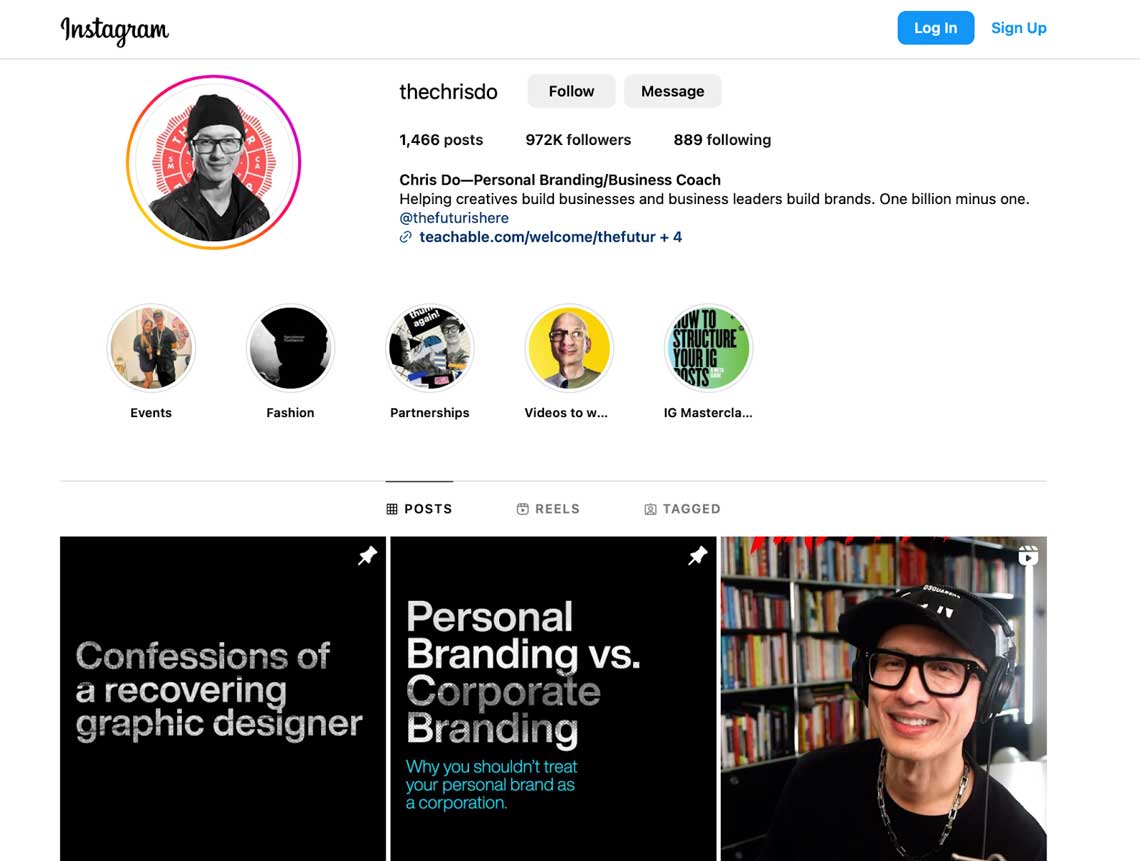
Chris Do’s Instagram channel. Source: Instagram14
Chris has enhanced his credibility by getting his expertise placed in several top publications. By listing these publications on his website, visitors can see he’s been “verified” and approved by top publications and organisations they admire:

Chris lists the publications he’s been featured on his website. Source: thefutur15
Writer Bich Tram16 emphasises how features across several publications have made Do a household name among designers and brand strategists:
“For those interested in design, he’s a household name who is all over the place: an Emmy-winning art director, founder of Blind, founder, and host of Futur, and a Personal Branding/Branding Coach (as stated on his Instagram account).”
Building and enhancing brand reputation
Earned media can be an essential tool for growing and shaping your brand’s reputation. From a respected influencer, who takes your brand to new audiences, to the CEO hero’s story featured in a local news outlet — earned media can go a long way in building your reputation and brand equity.
Let’s take a look at how camera company GoPro accomplishes that.
GoPro regularly repurposes videos from its customer base. The brand’s top three videos on YouTube were filmed by customers and have since amassed over 400 million views17. Their Best of 2023 video features 51 different content creators on Instagram.
GoPro: Best of 202318
Take the first video, which was created by professional mountain biker Kilian Bron and shared with his 677K followers on Instagram (@Kilianbron). In the words of GoPro, Killian used his GoPro to, “Capture and memorialize some of his most memorable moments,” — positioning the GoPro as an essential tool in his kit for documenting his rides and adventures to his thousands of followers.
The role of social proof
Social proof is a psychological phenomenon in which people look to other people to see which course of action to take. In essence, it’s the bandwagon effect. People take cues from others on how to behave, what to wear, watch, listen to, and buy.
Getting others to validate an action or purchase decision provides a sense of confidence in our choices and reduces cognitive load19. Social proof signifies trustworthiness and popularity — we need to spend less time figuring out if a pair of Nike sneakers are a stylish, reliable choice if all of our friends are already wearing them.
Earned media like user-generated content, influencer content, and consumer reviews can all generate greater social proof for your brand.
Let’s take a look at the six main types of social proof20 and their relationship to earned media:
- Expert: expert social proof is when an industry expert praises or recommends your brand, product, or services in a public forum. For example, a therapist with a best-selling book may be interviewed for an independent news article and recommend readers use your app to help manage their depression.
- Celebrity: celebrity social proof is when a celebrity or influencer recommends or publicly talks about using your products. This differs from paid media, where celebs are paid to endorse your product. A great example of celebrity social proof in earned media is Vogue’s In The Bag Series. In this video series, celebrities share what’s actually in their day-to-day handbag.
Here’s one from Florence Pugh:
Inside Florence Pugh’s Valentino Tote | In The Bag21
Featuring NO B.S. protein bars, Flying Goose Sriracha hot sauce, and a Tide pen.
- User: user social proof is content in which users of your products and services recommend them to other people. In 2024, people are both content creators and consumers. Think: TikTok video reviews or reviews on sites like TrustPilot.
- The wisdom of the crowd: this form of social proof involves a large group of people supporting your brand. Think: having millions of followers on Instagram.
- The wisdom of your friends: this form of social proof refers to when people see their friends using your product or services. In the case of earned media, someone may share a blog post they see on your social media channels with their friends. While the post is owned media, the organic traffic you get from the friend visiting your post becomes earned media (not something you won by directly paying for it).
- Certifications: this type of social proof is when you receive a certification from industry experts or associations. Giving your brand more credibility. An example of this in earned media could be local awards in which local chefs in the community vote for the best restaurants in the neighbourhood.
Putting earned media at the centre of your media strategy
From rounding up customer reviews and displaying them on your socials to partnering with journalists and influencers, earned media is one of the most effective ways to build your reputation and enhance your brand’s credibility.
Now you understand the unique value of earned media for your business, it’s time to take a look at the strategies you’ll need to build an effective earned media strategy. Read up on the strategies and tactics for effective earned media in the B2B space in part two of our series.
Are you ready to leverage earned media in your marketing mix? Contact The Walk today and let’s talk about your business goals to see how we can help.
References
- 96% of consumers don’t trust ads.
- Customer loyalty statistics
- 84% of people saying they trust online reviews
- Harvard Health
- Media attainment jumping from 34.6% to 70% last year
- 92% of consumers now referring to earned media
- 5x higher ROI
- Drop in consumers’ trust in traditional advertising
- 54.7% of consumers read four or more reviews before going ahead with a purchase
- 18,000 online news sources
- 30% of consumers
- 5.45 billion people around the world
- Solar Market on TrustPilot
- Chris Do’s Instagram channel
- thefutur
- Bich Tram
- Filmed by customers and have since amassed over 400 million views
- GoPro: Best of 2023
- Reduces cognitive load
- The six main types of social proof
- Inside Florence Pugh’s Valentino Tote
